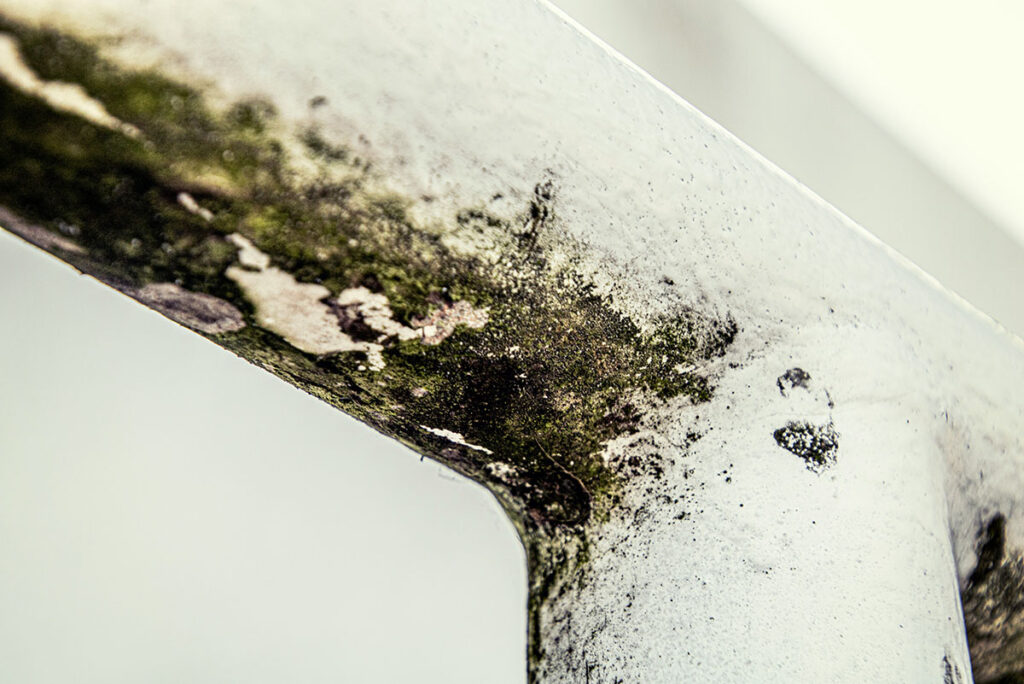EN 14583 Mould Contamination Testing in Indoor Environments
The European Standard EN 14583 outlines a procedure for assessing mould contamination in indoor environments. This service is critical for ensuring the health and safety of occupants, particularly in buildings where poor air quality can lead to significant health issues.
Mould contamination testing involves the identification, quantification, and characterization of mould species present in various parts of an indoor space. The standard provides a structured approach to collecting samples from different surfaces such as walls, floors, ceilings, and HVAC systems. This procedure ensures that any detected mould is assessed accurately, which can help in understanding its potential impact on human health.
One of the key aspects of this testing method involves the use of specific sampling techniques tailored for indoor environments where moisture levels play a crucial role in mould growth. The protocol specifies guidelines for selecting appropriate locations within a building to sample, ensuring that the collected data accurately represents the overall condition of the environment.
The methodology also covers the preservation and transportation of samples from field sites back to the laboratory. Proper handling is essential as it prevents any changes or contamination during transit which could affect the accuracy of subsequent analyses. Once received at our facilities, these samples undergo rigorous analysis using advanced microbiological techniques that identify not only the presence but also the type(s) of mould found.
Understanding the types and quantities of mould present allows for effective remediation strategies to be implemented if necessary. Reporting results according to EN 14583 guidelines ensures transparency and compliance with international standards, providing stakeholders with clear evidence regarding indoor air quality conditions.
This service is particularly valuable for facilities management teams who need to maintain healthy living or working spaces. By adhering to this standard, they can address potential risks early on before they escalate into larger problems affecting both occupants' well-being and property values.
Given the importance of accurate testing in maintaining indoor air quality standards, it is vital that only accredited laboratories perform these assessments. Our facility meets all relevant requirements set forth by applicable regulations ensuring reliable and precise results every time. This level of expertise guarantees clients receive actionable insights they need to make informed decisions about their facilities.
For instance, an office building might implement regular monitoring schedules based on EN 14583 criteria to ensure continuous compliance with health-based exposure limits for moulds like Stachybotrys chartarum or Aspergillus species. Such proactive measures not only protect employee health but also enhance the reputation of the organization as a leader in environmental responsibility.
In summary, EN 14583 Mould Contamination Testing is an indispensable tool for any facility management team committed to providing safe and healthy indoor environments. Through adherence to this international standard, organizations can take steps towards preventing mould-related issues that could otherwise lead to costly repairs or legal disputes.
Applied Standards
- EN 14583: Procedure for assessing mould contamination in indoor environments.
- ASTM E2336: Standard guide for collection of air samples for analysis by culture-dependent and culture-independent methods.
- ISO/TS 17294-1: Sampling and preparation of building materials containing fungal contamination in the field.
- IEC 60345: General requirements for laboratory testing of air quality parameters.
Scope and Methodology
The scope of EN 14583 Mould Contamination Testing encompasses all aspects related to the detection, quantification, and characterization of moulds in indoor spaces. It covers various stages from initial site assessment through sample collection, transport, processing, analysis, interpretation, and reporting.
During the testing process, our team follows strict protocols laid out by EN 14583 to ensure consistency and accuracy throughout each step. For instance, we employ air sampling devices designed specifically for capturing mould spores suspended in air currents within buildings. These tools allow us to gather representative samples from different areas of interest.
After collecting the samples, they are transported back to our laboratory where further processing takes place under controlled conditions aimed at preserving the integrity and viability of biological materials until final examination can be conducted. Upon arrival in the lab, trained professionals perform microscopic examinations utilizing light microscopes or scanning electron microscopes equipped with energy-dispersive X-ray spectroscopy (EDX).
The analysis aims to determine both qualitative information about species diversity as well as quantitative data regarding concentrations present within each sample analyzed. This comprehensive approach enables us to provide detailed reports that include not only counts of individual mould genera but also their relative proportions compared against established reference levels.
Quality and Reliability Assurance
- We maintain strict adherence to EN 14583 procedures at every stage of testing.
- All personnel involved in sample collection or laboratory analysis are certified professionals trained according to international best practices.
- Our facilities are equipped with state-of-the-art instrumentation including flow cytometers, high-performance liquid chromatography (HPLC), and mass spectrometers used for precise measurement of microbial components like ergosterol or chitin.
- Absolutely no cross-contamination occurs between samples due to our rigorous cleaning protocols implemented after each use.





